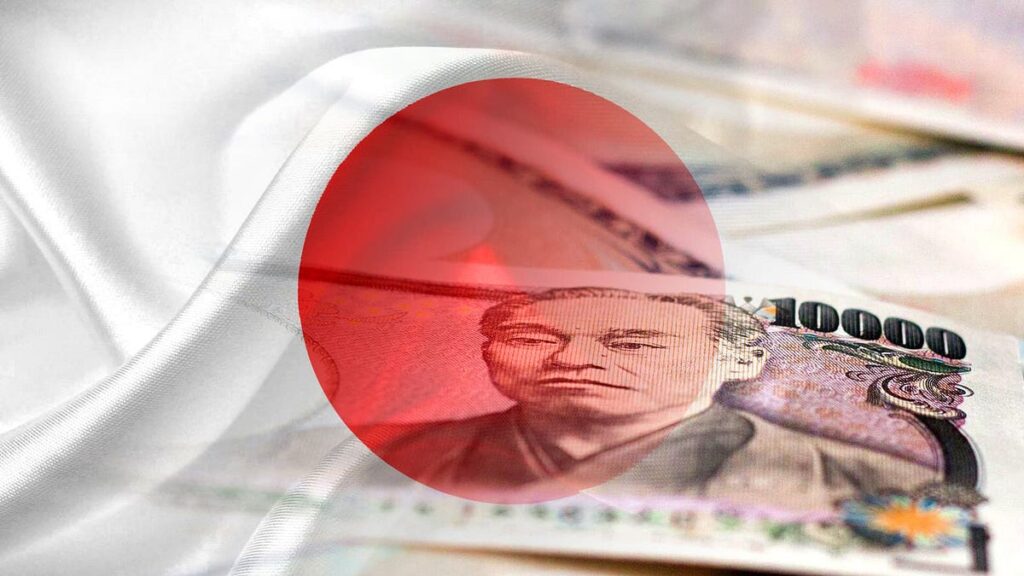The Financial Markets Department of the Bank of Japan has been conducting the Tokyo Money Market Survey since 2008 in order to understand transaction trends in Japan’s money market. This survey was originally conducted every two years, but in order to more accurately grasp market trends, it has been conducted every year since 2013, and the 15th survey was conducted in August of this year. (end of July).
As with previous surveys, this survey targets business associates of the Bank of Japan and major participants in the short-term money market. A total of 386 parties were surveyed (100% response rate).
The Financial Markets Department of the Bank of Japan will make effective use of the results of this survey to understand trends in the short-term money market, and strive to understand the current situation and structural changes in the financial market from a comprehensive and multifaceted perspective. The same goes for “bond market research” and other research. In addition, the Bank of Japan will continue to engage in dialogue with market participants by taking advantage of opportunities such as the “Meetings to Exchange Opinions on Market Operations” and the “Bond Market Participants Meeting,” and proactively support the efforts of related parties. We will continue to support you. The central bank itself will continue to contribute as much as possible from its position as a central bank toward the revitalization of Japan’s financial markets, including the short-term money market.
Overall market activity: Funding balances and investment balances in the short-term money market both increased compared to the previous year. Impact of policy change: With the abolition of the negative interest rate policy, financial institutions no longer need to conduct call transactions, resulting in a decrease in call transactions. Repo Market Trends: The repo market has seen significant growth, particularly in general collateral (GC) repo transactions. This is due to an increase in demand for Japanese Government Bonds (JGB) by non-residents and a shift by some foreign securities companies from spot trading to repo trading. Uncollateralized call market: The outstanding balance of the uncollateralized call market decreased compared to the previous year. However, in the long term it remains relatively high. This decline is likely due to less demand from banks to manage policy rate balances after the policy change. Collateralized call market: The collateralized call market saw a slight increase in outstandings. However, trading activity remained at a low level due to tight supply and demand for government bonds as collateral and a shift by some banks to GC repo transactions. Market functionality: Market participants generally rated the functionality of the money market as “high.” However, he also pointed out issues such as fluctuations in interest rates on government bond repurchase transactions due to the inventory financing activities of securities companies.
detailed observation
GC repo market: GC repo market activity has increased on both the borrowing (bond investment) and lending (bond financing) sides. This was spurred by banks increasing their borrowings as they no longer needed to lower their policy interest rate balances. On the lending side, activity by securities companies and trust banks increased due to factors such as arbitrage opportunities and securing government bonds as collateral. SC repo market: Both special collateral (SC) repo markets saw an increase in trading, particularly between securities. Companies and foreign securities companies. This reflects increased demand for government securities by non-residents who engage in short selling, arbitrage and swap trading. Dynamics of the uncollateralized call market: A detailed analysis of the uncollateralized call market reveals a divergent trend between overnight and term trading. After the policy change, bank activity in the overnight market decreased, but trust banks continued to play an important role in managing short-term funds. In the term market, trading decreased within a month, reflecting the disappearance of arbitrage opportunities associated with the tiered reserve regime. Due to brokerage firms’ liquidity coverage ratio requirements, trading over a month remained stable. Role of non-deposit financial institutions: Non-deposit financial institutions such as trust banks and life insurance companies play an important role in unsecured calls. The market, especially the lending side. Participation is expected to remain stable as they aim to manage short-term funds and optimize returns.
Japan’s short-term money market is entering a period of adjustment as it moves away from negative interest rate policy. While some segments, such as the uncollateralized call market, have seen a decline in activity, others, such as the repo market, are seeing growth.
This study focuses on the evolving market dynamics and emphasizes the importance of monitoring factors such as:
Future monetary policy decisions by the Bank of Japan Domestic and foreign investors’ demand for government bonds Buying and selling strategies and market participants’ risk preferences
The Bank of Japan will continue to closely monitor these developments and work with market participants to support the stable functioning of short-term financial markets.



